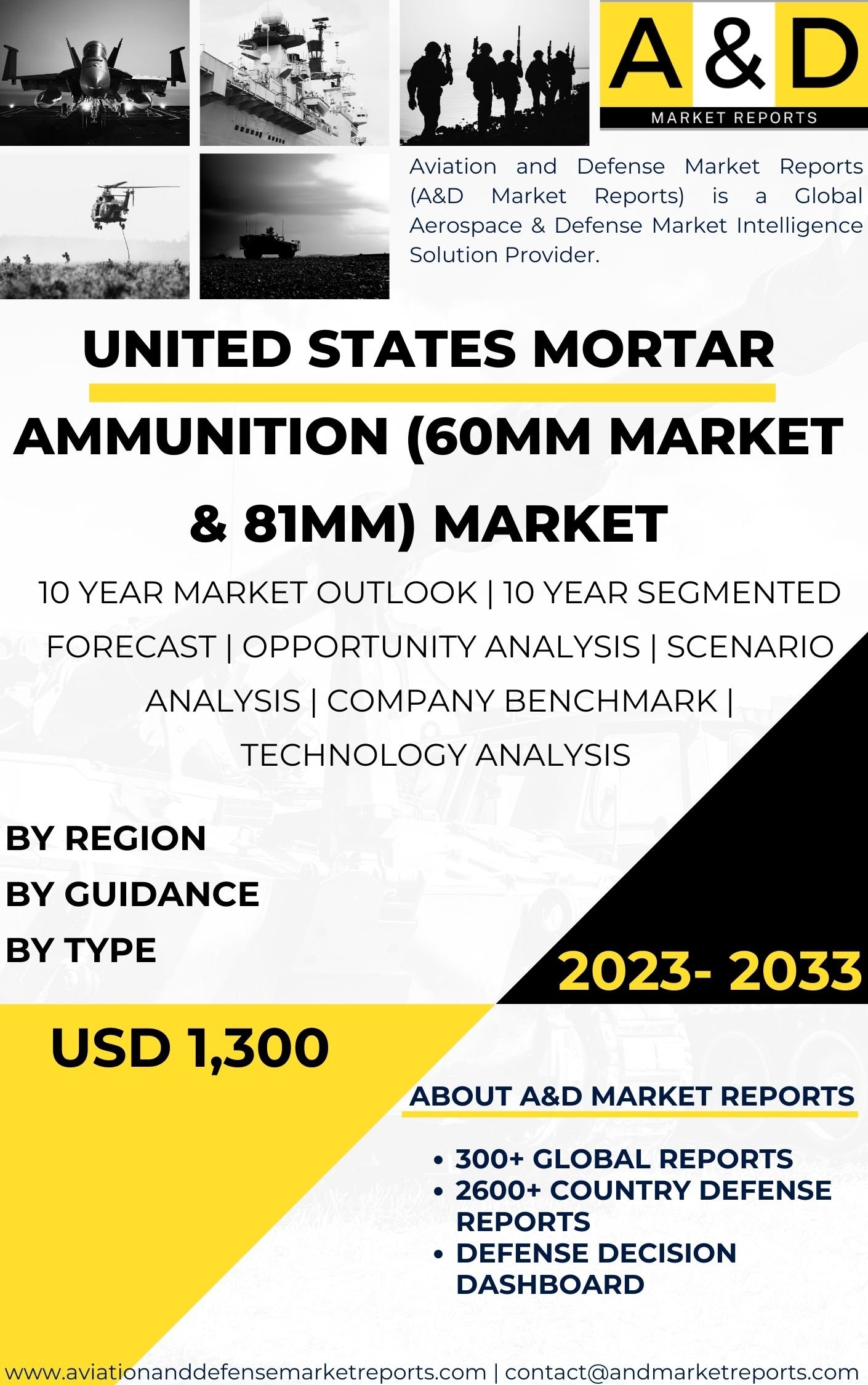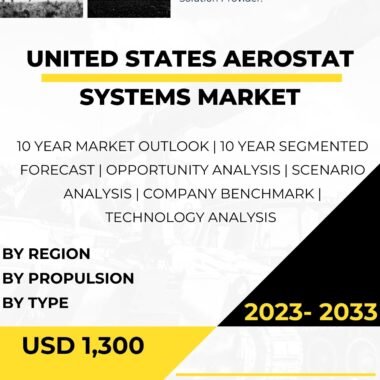Description
Mortar ammunition is a crucial component of the United States military’s indirect fire capabilities, providing infantry and other ground units with versatile and effective firepower. The U.S. military employs two main types of mortar ammunition: 60mm and 81mm mortars. These ammunition types are designed to deliver high-explosive and other specialized rounds to engage enemy targets at varying ranges and in different combat scenarios.
The 60mm mortar is a lightweight and portable weapon used primarily by infantry squads to provide close-range indirect fire support. The M224 is the standard 60mm mortar used by the U.S. military and has been in service since the 1980s. The 60mm mortar ammunition is designed to be hand-carried and quickly set up in the field, allowing infantry units to deliver rapid and accurate fire support during combat operations.
The 60mm mortar ammunition includes a variety of rounds designed for different purposes. The M720 High-Explosive (HE) round is the standard munition used to engage enemy personnel and light vehicles within a radius of approximately 120 meters. The HE round delivers lethal fragmentation upon impact, making it highly effective in neutralizing enemy threats in close proximity to friendly forces.
Additionally, the 60mm mortar ammunition includes smoke rounds used to create smoke screens to conceal troop movements and positions. Smoke rounds are vital for enhancing infantry maneuverability and providing cover during offensive or defensive operations.
The M722 Illumination round is another key 60mm mortar ammunition variant. This round is equipped with a parachute flare that illuminates the battlefield at night, providing enhanced visibility for troops and facilitating target acquisition and engagement.
The 60mm mortar’s lightweight and portable nature make it an essential asset for infantry units, enabling them to carry and operate the weapon in various terrains and combat environments. The M224 60mm mortar’s versatility and simplicity contribute to its widespread use by the U.S. military and its effectiveness in supporting ground forces.
The 81mm mortar is a medium-weight indirect fire weapon used by infantry and other ground units to provide fire support at medium ranges. The M252 is the standard 81mm mortar used by the U.S. military. The 81mm mortar ammunition is larger and more powerful than the 60mm counterpart, delivering greater range and payload.
The M821 High-Explosive (HE) round is the primary 81mm mortar ammunition used for engaging enemy personnel, vehicles, and fortifications within a radius of approximately 200 meters. The HE round’s larger explosive payload makes it highly effective in neutralizing enemy threats in a broader area compared to the 60mm HE round.
Similar to the 60mm mortar, the 81mm mortar ammunition includes smoke rounds and illumination rounds. The M819 Smoke round is used to provide smoke screens to conceal troop movements and positions, while the M301 Illumination round illuminates the battlefield at night, enhancing situational awareness and aiding target acquisition.
The 81mm mortar’s increased range and payload make it suitable for a wide range of missions, including both offensive and defensive operations. Its ability to deliver accurate and timely fire support to ground units makes it a valuable asset in various combat scenarios.
Both the 60mm and 81mm mortar ammunition types are compatible with different mortar launchers. Mortar launchers are designed to fire specific ammunition types and come in various configurations, including handheld versions and vehicle-mounted systems.
The U.S. military continuously invests in research and development to enhance mortar ammunition capabilities. Advancements in ammunition design and materials aim to improve accuracy, lethality, and overall performance. Additionally, the integration of advanced fire control systems and targeting technologies enhances the effectiveness of mortar fire support, allowing units to engage targets more accurately and efficiently.
Training and proficiency in employing mortar systems and ammunition are essential for the success of ground units. The U.S. military conducts regular training exercises to ensure that infantry and other personnel are proficient in operating mortar systems and effectively utilizing mortar ammunition in different combat scenarios.
The use of mortar ammunition in modern warfare is subject to strict rules of engagement and consideration of civilian safety. The U.S. military emphasizes the importance of minimizing collateral damage and adhering to international laws and regulations governing the use of indirect fire weapons.
In conclusion, United States mortar ammunition, including 60mm and 81mm mortars, plays a crucial role in providing infantry and ground units with effective indirect fire support. These ammunition types are specifically designed to engage enemy personnel, vehicles, and fortifications at different ranges and in various combat scenarios. Their versatility, portability, and lethal capabilities contribute to the overall effectiveness of ground forces in modern warfare. Ongoing research and development efforts aim to enhance mortar ammunition capabilities, ensuring that the U.S. military maintains its competitive edge in providing accurate and timely fire support on the battlefield.




